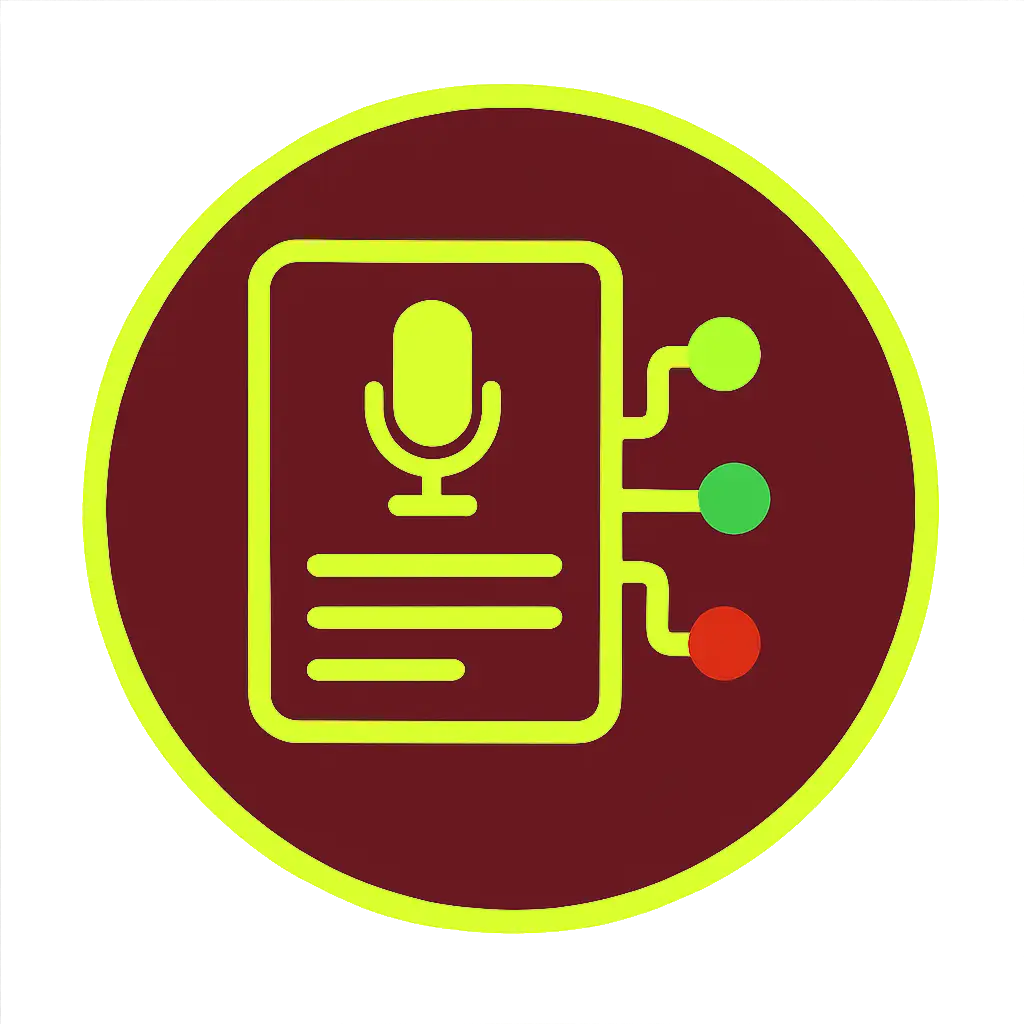Why Object-Oriented AI Is the Future — And How RunWAi Makes Automation Actually Work
Most AI tools today are built around conversations. They’re excellent at generating text and answering questions, but they don’t naturally understand the structure of your business — your workflows, your pipeline stages, or the different objects you work with every day. They react to prompts, but they don’t connect those responses to a wider process.
For small businesses, agencies, and freelancers trying to manage real marketing and sales operations, that gap becomes a serious limitation. Lead management, content preparation, outreach scheduling, and follow-up coordination all rely on structure — and structure is exactly where chat-based AI tools fall short. They don’t know where something sits in your process, or what the next logical step should be.
At WAi Forward, this was the core challenge we set out to solve. And the answer wasn’t “better prompts” or “bigger context windows.” The real solution required a different foundation entirely: an AI that works with your business as a structured system, not as a chat thread. That foundation is Object-Oriented AI.

Object-Oriented AI provides structure, memory, and predictability to your marketing and sales workflows.
The Problem with Chat-Based AI: Powerful, But Shallow
Chat models like ChatGPT are impressive at generating content. But they don’t inherently understand what a Lead is — or how “Contacted” differs from “Proposal Sent.” They don’t know which actions are valid at which stage, or what information is required before progressing. They operate message-by-message without a persistent understanding of your workflow.
This makes them great assistants for isolated tasks, but unreliable partners for managing structured, multi-step, timing-sensitive processes. Marketing and sales workflows rely on consistent progression — and without structure, AI loses its effectiveness quickly.
Object-Oriented AI: The Missing Structure AI Has Always Needed
RunWAi takes a fundamentally different approach. Instead of treating your business like a flowing conversation, it models your operations as a set of Objects — structured entities with attributes, actions, and defined lifecycles.
In Lead the WAi, these core Objects include:
- Leads — prospects moving through your pipeline
- Posts — content pieces with scheduling workflows and series descriptions
- Appointments — meetings with defined outcomes
- Emails — outreach mapped to lead status and timing
Each Object is a true Python class with:
- Attributes stored in the database
- Actions implemented as class methods
- A lifecycle defined by status values
- Rules that govern valid progression
- Descriptions that give the AI semantic context
Because this structure is explicit, RunWAi never has to “guess” what stage something is in or what it means. The Object defines it.

Leads move through a defined lifecycle — giving the AI structure instead of guesswork.
How Lifecycles Make AI Predictable
Every Object type has a lifecycle. In 'Lead the WAi' for example, a Lead object can progress through statuses such as Draft, Researched, Contacted, Closed - Won, ...
These statuses aren’t suggestions — they’re explicit definitions enforced by Rules. When the right attributes are filled in, the Lead becomes eligible for the next stage. When something changes, the set of valid next steps changes with it.
This creates predictability. The AI works inside a defined structure. It doesn’t invent workflows — it follows the ones you’ve designed.
How AI Actually Works with These Objects
Once your business is represented as structured Objects, the AI can interact with them in meaningful, reliable ways. RunWAi supports three core interaction modes:
1. AI-Led Conversations (Class Recommendations)
When the system detects that an Object has reached a meaningful state — such as a Lead gaining new information or requiring attention — it surfaces a recommendation. Clicking it opens an AI-guided conversation where the AI understands the Object’s attributes, lifecycle, and descriptions, and can suggest the next step.
2. AI-Executed Actions
The AI can call class methods directly: drafting outreach, generating posts, updating attributes, or progressing the lifecycle. Because these methods are defined on the Object itself, the AI can only perform valid, pre-approved actions.
3. Approval-Required Actions
Sensitive or high-impact actions can require human approval. This keeps you in control while still benefiting from automation everywhere it makes sense.
Structured Context: Why RunWAi Outputs Are So Consistent
The biggest advantage of Object-Oriented AI is that context lives inside the Object — not inside a long prompt. In Lead the WAi, posts can live inside folders and series, each with their own descriptions. This entire structure is automatically passed to the AI.
This leads to:
- Consistent content across a whole series
- Reusable descriptions instead of rewriting prompts
- A clear separation of style, purpose, and instruction
The same structure applies across Leads, Emails, Appointments, and Tasks. Whenever the AI needs context, it retrieves the Object directly from the database — ensuring reliability and repeatability.
Hybrid Automation: Humans and AI Working in Sequence
Because each Object has a lifecycle, you can assign different parts of that lifecycle to different people — or to the AI. This makes it easy to blend human judgment with AI efficiency. For example:
- You create the initial Lead
- The AI performs research when it becomes Contactable
- You approve the outreach email
- The AI schedules follow-ups based on engagement
- A salesperson handles negotiation personally
This hybrid model lets humans handle nuance while AI manages structure and repetition.

Hybrid automation: the AI handles structure and repetition; humans handle strategy and judgement.
Why This Matters: Reliable Automation SMEs Can Trust
The gap between AI promises and business reality often comes down to trust. You can’t manage a sales funnel using disconnected prompts. You can’t rely on guesswork for follow-ups. You can’t delegate outreach to a chatbot that doesn’t understand your workflow.
But you can trust structured Objects. Each one knows:
- its attributes
- its lifecycle
- its allowed actions
- who is responsible
- what the next valid steps are
AI works inside this structure rather than trying to invent it. That’s why RunWAi feels stable, predictable, and safe — especially for SMEs who want automation they can rely on.
Lead the WAi: A System, Not a Chatbot
This is the key difference. Lead the WAi isn’t “AI-assisted CRM” or “AI-powered content creation.” It’s a complete environment built on structured Objects that AI can understand, reason about, and act upon.
This gives you:
- consistent automation
- reliable follow-ups
- structured workflows
- clear context for every action
- a single workspace instead of scattered tools
RunWAi doesn’t replace humans — it provides the structure that lets humans and AI work together cleanly, efficiently, and confidently.
Ready to Build a Smarter, More Structured Marketing System?
If you're ready to move beyond disconnected prompts and build a marketing and sales system that actually works, Lead the WAi is designed for you.
Stop relying on guesswork — and start building a workflow that makes sense.



